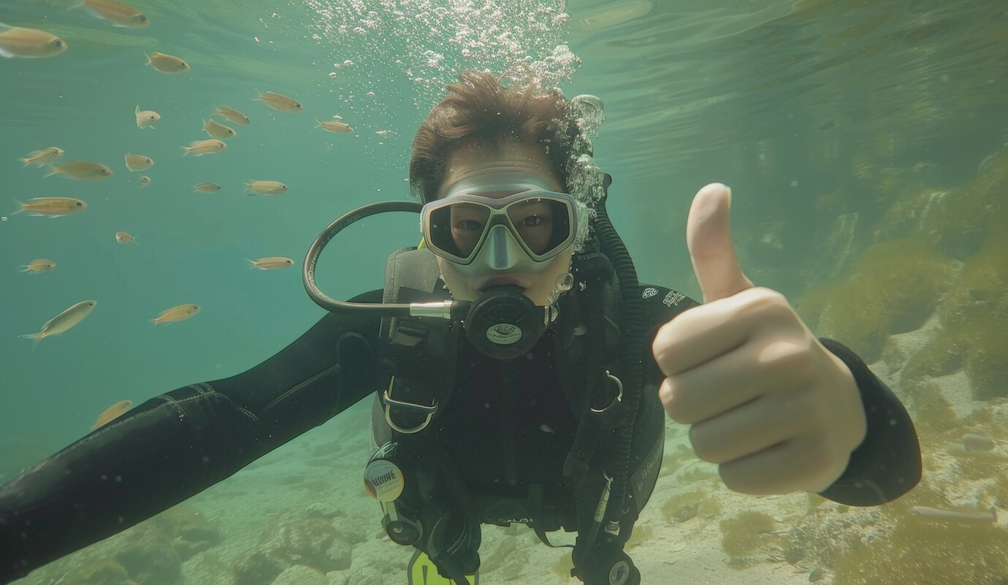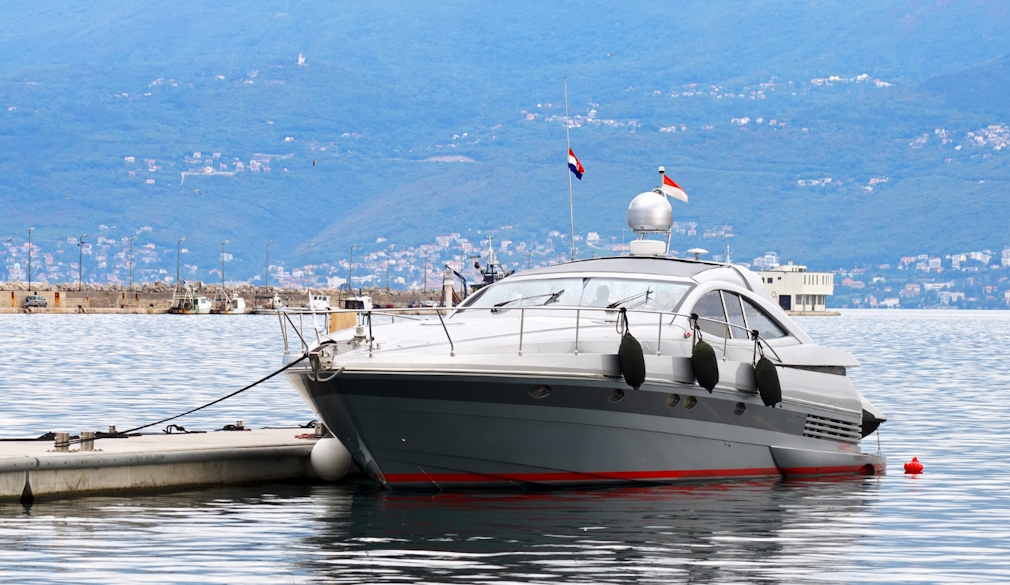Must-Have Features for an Underwater Camera

Exploring the depths of the ocean is a mesmerising experience, one that captivates adventurers and photographers alike. Underwater photography allows us to capture the beauty of marine life and the mysteries of the underwater world. However, not all cameras are equipped to handle the unique challenges of underwater photography. To truly capture the essence of underwater scenes, a camera must possess certain essential features. In this article, we delve into the must-have features for an underwater camera.
1. Waterproofing
The most fundamental feature of an underwater camera is, of course, its ability to withstand water pressure and keep your precious electronics safe. A good underwater camera should be waterproof, ideally up to a certain depth. Whether you're snorkeling near the surface or diving into the depths of the ocean, waterproofing ensures your camera remains functional and protected from water damage.
2. Depth Rating
Linked closely to waterproofing is the depth rating of the camera. Different underwater cameras are rated to withstand varying depths underwater. For shallow-water enthusiasts, a camera with a modest depth rating may suffice. However, for professional divers exploring greater depths, a camera with a higher depth rating is essential to ensure optimal performance and safety.
3. Image Quality
Underwater photography presents unique challenges, including reduced light and distortion caused by water. A high-quality underwater camera should deliver crisp, clear images even in challenging underwater conditions. Look for cameras with high megapixel counts, advanced image sensors, and image stabilisation features to capture stunning underwater photographs with exceptional detail and clarity.
4. Underwater Housing
While some cameras come with built-in waterproofing, others require additional underwater housing to protect them from water damage. Underwater housing not only provides waterproofing but also offers additional protection against bumps, scratches, and pressure. When choosing an underwater camera, consider whether it requires housing and ensure compatible options are readily available.
5. Low-Light Performance
Underwater environments are often dimly lit, especially at greater depths. A camera with excellent low-light performance is essential for capturing vibrant and detailed images in these conditions. Look for cameras with large aperture lenses and advanced low-light capabilities to ensure superior image quality even in the darkest underwater settings.
6. White Balance Control
Water absorbs light differently than air, resulting in color distortion and loss of contrast underwater. A camera with manual white balance control allows you to adjust color settings to compensate for the blue or green tint often present in underwater photographs. This feature enables you to capture accurate and natural-looking colors, enhancing the overall quality of your underwater images.
7. Durability
Underwater photography can be physically demanding, requiring cameras to withstand the rigors of underwater exploration. A durable construction is crucial to ensure your camera can withstand bumps, knocks, and pressure underwater without compromising performance. Look for cameras constructed from robust materials that can withstand the harsh conditions of the underwater environment.
Conclusion
Capturing the beauty of the underwater world requires a camera equipped with essential features tailored to the challenges of underwater photography. From waterproofing and depth rating to image quality and durability, each feature plays a vital role in ensuring stunning underwater photographs. By prioritising these must-have features, photographers can confidently explore the depths and immortalise the wonders of the underwater realm through their lens.






